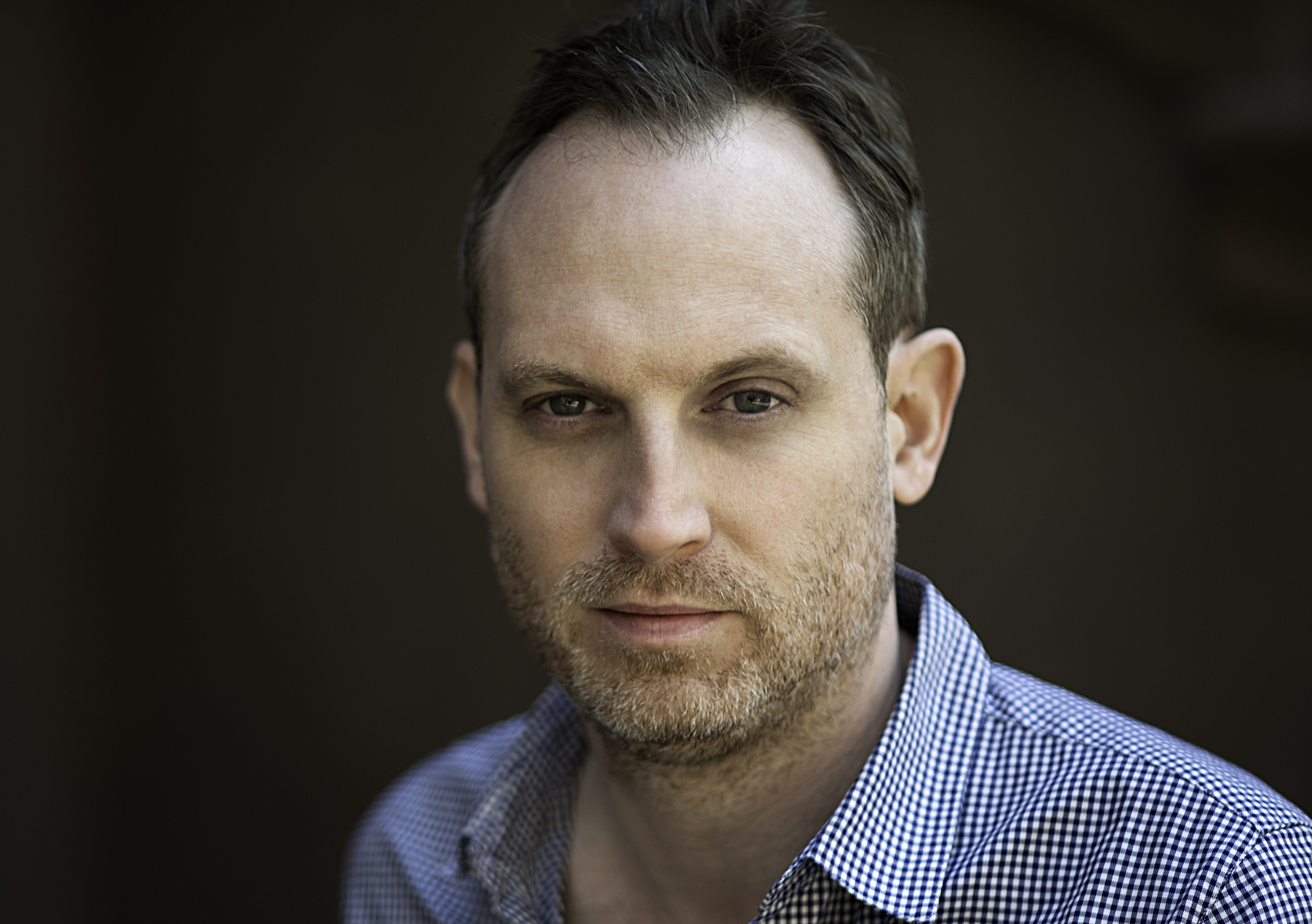Investigators and archaeologists may use different tools, says this veteran reporter. But their methods are similar.
The empty lot didn’t seem to offer many secrets. When a team of archeologists arrived to survey the property in Fredericksburg, Va., the site was nothing more than a wide expanse of rutted dirt and gravel, strewn with hunks of concrete and brick. City tax records showed no evidence of a historically significant building. Nothing worth digging for.
In fact, an astonishing trove of Civil War artifacts lay under the surface, sealed beneath soil, sand and cinders. The lot that seemed so unremarkable provided a vivid snapshot of the aftermath of the ferocious Battle of Fredericksburg, a humiliating Civil War defeat for Union troops in December of 1862.
When I went to Fredericksburg to report on the dig for a newspaper article, I was struck by the parallels between archaeology and investigative work. On one level, of course, the parallels are metaphorical. Archaeologists dig for artifacts, journalists and other investigators dig for facts. But methodical inquiry and forensics are central to both.
Archaeologists do their work with brushes and trowels. I do mine with a pen, a pad and a recorder. Archaeologists scour historical records. I hunt for contemporary documents. Archaeologists jump down into dusty dig sites. I try to find my way into living rooms and kitchens, where I can see how people live.
Of course, I’m a reporter, not a private investigator, but it struck me that some investigative strategies are useful to both professions. Here are some thoughts on a few of them.
Check the Other File
When the archeologists checked Fredericksburg’s tax maps, they found no evidence of a building on the property before 1886. But that didn’t mean that there hadn’t been one. When they went looking for insurance records instead, they discovered an insurance policy had been taken out for a structure on the site. After the Battle of Fredericksburg, the policy was for far less value, suggesting that the building was gone—or had burned down. If the archaeologists had ended their investigation in the tax office, they might never have found the other records.
This reminded me of a story I covered years ago when I was a reporter in Boston. An Islamic aid group called Care International (not to be confused with the CARE International, the global anti-poverty group) had a chapter in Boston before the Sept. 11 attacks. The group was the sister organization of the al-Kifah Refugee Center in Brooklyn, New York, which had been a recruiting station for al Qaeda’s predecessor organization. I could find little information about the Boston group and what it had done.
I began searching federal criminal court dockets to find out if any of the officers had ever faced charges. None had. I continued to research, but little substantive information surfaced. Then, almost on a whim, I checked civil court dockets. I was astonished by what I found. One of the officers had applied for citizenship, but his application had stalled. He sued to try to expedite his application. In the court records were numerous documents laying out the fact that that the FBI was investigating him for making suspicious overseas trips. I was able to break the story of the investigation, and not long after, the officers were arrested and the documents sealed in the case.
That case was a great illustration of why thoroughness pays off. What you’re looking for may not be in the place you expect.
…Or Go to the Courthouse
In the case of Care, it was a question of checking online court filings. But sometimes court documents aren’t online at all—or at least the ones that you’re looking for aren’t. In those cases, the only way you’ll find the records you’re looking for are by going to the courthouse.
I learned that in one of the most gruesome stories I’ve ever reported on. A man named Nathaniel Bar-Jonah had been arrested in Great Falls, Montana, and charged with killing a boy in his neighborhood and cooking his remains, which he served to his neighbors. It turned out that the stomach-churning case had a Massachusetts angle—Bar-Jonah had earlier been charged with kidnapping there and spent more than a decade in a mental hospital. After he got out, he was arrested and charged in still another crime in Massachusetts. But in that case, he struck a plea deal that allowed him to move to Montana without facing jail time.
[quote align=”center” color=”#999999″]Archaeologists do their work with brushes and trowels. I do mine with a pen, a pad and a recorder.[/quote]
Beyond the gruesome details, the case was a puzzle. How had a man who was so clearly dangerous been allowed to move out of state? And since the parole is transferred to the authorities in the receiving state, how could the parole officers in Montana have been so ignorant of the man’s history? I suspected that the answer lay in the local courthouse where the plea bargain was on file. This was a tiny county courthouse with no online records. If I had simply tried to look on the Internet, I would have found nothing. To see what was there, I would have to go there.
I got in my car and drove almost 60 miles to the county courthouse in Dudley, Massachusetts. At the desk, I asked the clerk for the Bar-Jonah file. As I leafed through the court documents, I stopped dead. The folder contained a letter from his probation officer in Massachusetts to Bar-Jonah’s attorney. “I cannot find anywhere in the court records if a psychiatric evaluation has ever been done,” the probation officer wrote.
Officials in Montana had claimed that they’d received little information from Massachusetts about Bar-Jonah, and had written to his most recent Massachusetts probation officer for more details. But the Massachusetts probation officer, the document showed, didn’t have those details either—even though Bar-Jonah’s court file in a neighboring jurisdiction contained ample evidence of his years in a mental hospital, his psychiatric evaluations, and indications that he was both homicidal and had fantasies of cannibalism. So this was tangible proof that the officials in Montana were telling the truth when they said that they didn’t know the man’s history.
There was only one way to know that—to go to the courthouse.

A Few Plastic Tubes
One of the archaeologists in Fredericksburg told me that the most valuable information doesn’t come from the artifacts they pull from the ground—the Minié balls, the jacket buttons, the glass inkwell. The best information comes from “context”—what surrounds the artifacts. What kind of soil is it packed in? Is that soil layered? Are there cinders in the soil to indicate that there had been a fire?
It’s another perfect metaphor. An archaeologist has no way of knowing the meaning of something without understanding the context in which it happened. When a reporter pursues an investigation—or any story, for that matter—sometimes the best you can do is make a phone call or send an email to ask questions. But that should be the last resort, not the first. For a reporter, you want to be able to see for yourself what the world looks like in your subjects’ shoes. You want to go to their house. You want to see what they see, what they choose to put around them. The context, in other words.
In early 2012, I reported on a story about an energy fraud scheme. Under federal law, oil producers are required to either blend biodiesel into their fuel or buy credits from someone else who has manufactured it. The program is intended to stimulate biodiesel production. In a few instances, through, enterprising con men discovered a loophole that they could drive a tanker truck through: after companies registered with the federal government to sell the credits, no one ever came to inspect the factories that actually made the fuel. They could claim they were making the fuel, then sell worthless credits worth millions of dollars to oil companies eager to fulfill their obligations under the law.
When one of the con men went on trial in Baltimore, I decided to take a look at the place where he claimed to be making biodiesel. At the address, a road led to a row of commercial offices, and behind those, a warehouse-sized building and ramshackle garage with three bays.
I assumed that the huge, barn-like structure must have been the place that the con man claimed was his factory. But when I went into one of the businesses to ask, one of the owners told me the “factory” that the con man rented was the garage, where he had left some plastic pipes and pumps.
When I walked out back with the business owner, he shook his head and said there was no way that the guy could have been producing the fuel he claimed to. “Not out of here. Not out of a few plastic tubes,” he said. One look was enough to see that his operation was a fraud.
What’s in the other room?
In Fredericksburg, one of the clues the archaeologists found was a photograph from the spring of 1863, a few months after the battle. It was a photo of downtown, and in the spot where they were digging, there was a gap in the streetscape, indicating that the building had been destroyed during the battle.
Historical records can be vital to reporting. Finding them can be tough. But one of the best tools at the disposal of investigators are public record laws. Any reporter worth his salt knows the public record laws for their state. In some states, even utility records can be considered public records. In Nashville, for example, the billing records for the city-owned Nashville Electric Service are considered public. Email accounts used by public servants are often subject to public record laws. Emergency 911 calls are often considered public records, and video surveillance captured by public agencies or schools may be obtainable under open records laws as well. They may not be surrendered willingly or quickly, and there may be a cost.
[quote align=”center” color=”#999999″]I follow the wiretapping laws in whatever state I’m in. And I don’t lie to subjects to get them to give up information.[/quote]
In Fredericksburg, the archaeologists didn’t have much time. They had only a short period to find anything that they could about the site, which had looming construction deadlines. The same is true for reporters— time can be your worst enemy when you’re faced with a deadline. No doubt that’s the case for investigators of any sort.
The stress of deadlines can create another hurdle that I’ve faced—how to avoid cutting corners. Let’s face it, reporters don’t have the most stellar reputations. The public views reporters as rude, nosy, arrogant and biased. I believe a good reporter should be none of those things, and needs to work doubly hard to dispel those preconceptions.
One bright line for me is to never deceive someone about what I’m working on. I will always tell a source what I’m writing about. I don’t ambush story subjects by claiming I’m working on one story, when I’m in fact working on another. I follow the wiretapping laws in whatever state I’m in. And I don’t lie to subjects to get them to give up information.
Sometimes, though, obtaining documents can just mean asking for them.

The elderly woman had a tidy apartment. Plants crowded the window sills. Classical music played softly on the radio. I was working on a story about her father. We sat on the sofa and went through photo albums.
When we were done, she told me that if I ever wanted to know more about her father’s childhood in Texas, I should just ask. The other room, she told me, was packed from floor to ceiling with old photographs and memorabilia. But I couldn’t go in there, because it was such a mess. She joked that she was something of a hoarder.
After I left, I thought about what she’d said and decided that I needed to know more about what was in that room. I called her back and asked if she might be able to tell me more about her father’s childhood. We set a date for me to return. When I did, she brought out a battered old cash box and opened it. It was filled with letters that her father had received over the years.
Digging through the box’s yellowed pages, I found a letter that her father had written to his school alumni magazine. In it, he described what he had done during World War I—where he had been, what he had seen, his observations of his time in the service. It was a treasure trove of information, a first-hand account direct from the source. I never would have seen it if I hadn’t asked.
Sometimes that’s all it takes.
About the author:
Theo Emery is a freelance reporter. He’s written for the The New York Times, the Boston Globe, the Washington Post, and Time.com, as well as the Associated Press, The Tennessean and other publications. A Vermont native, he’s currently a resident of Maryland, where he reports on Washington, D.C. and the surrounding states. He’s also the author of Hellfire Boys: The Birth of the U.S. Chemical Warfare Service and the Race for the World’s Deadliest Weapons. Theo loves a good story, especially the ones that he has to flip over rocks to find. He has a blog called Hot Type, or follow him on Twitter: @temery.





